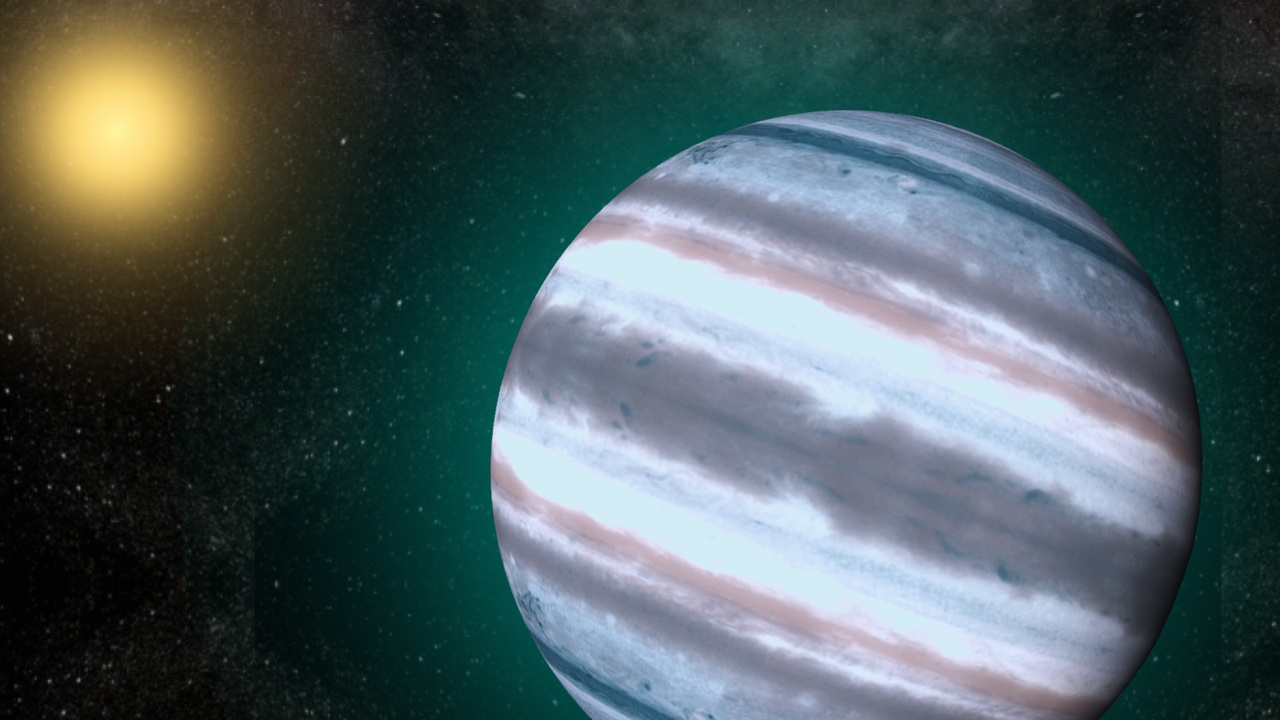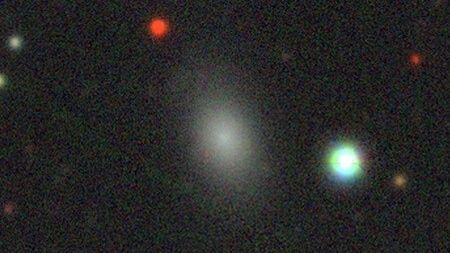Now Reading: Orbital Chaos May Explain the Mystery of Missing ‘Hot Neptune’ Exoplanets
-
01
Orbital Chaos May Explain the Mystery of Missing ‘Hot Neptune’ Exoplanets
Orbital Chaos May Explain the Mystery of Missing ‘Hot Neptune’ Exoplanets

Rapid Summary
- Astronomers have launched the ATREIDES program too study a “Neptunian desert,” an absence of planets up to 20 times Earth’s mass that orbit close to their stars, known as “hot Neptunes.”
- The program’s first study focuses on the TOI-421 planetary system, located ~244 light-years away, featuring two exoplanets with misaligned orbits.
– TOI-421 b: A sub-Neptune (~7 Earth masses) orbiting extremely close to its star.
– TOI-421 c: Larger (~14 Earth masses), closer than normal Neptune-like planets but in a region called “the savanna.”
- Researchers hypothesize that chaos during planetary migration might explain the rarity of hot Neptunes and their misaligned orbits.
- the program identifies distinct regions in space related to Neptune-like exoplanets:
– Neptunian desert: Sparse hot Neptunes near stars.
– Savanna: Areas further out from stars, more densely populated by Neptune-sized worlds.
– Neptunian ridge: A transitional region with higher population density around these planets.
- Findings may provide insight into planetary formation and evolution across systems.
Read More: Here
Indian Opinion analysis
Studying these unique astronomical phenomena offers broader implications for human understanding of planetary systems-Earth’s own included-and highlights India’s potential contributions if future missions engage with such research globally. While india’s space exploration prioritizes pragmatic goals (e.g., Moon and Mars missions like Chandrayaan), there is room for growth in pure astrophysical studies tied to programs like ATREIDES. Collaborating with international initiatives investigating exoplanet dynamics could amplify India’s emerging leadership in cutting-edge science.
From a societal outlook, insights gleaned from this research underscore humanity’s shared scientific obligation and inspire deeper curiosity about extraterrestrial environments conducive-or adverse-to life. As India develops affordable yet high-performing satellite technology, leveraging this capacity toward detecting distant exoplanetary landscapes could bolster national capability while enhancing global cooperation and influence.

























